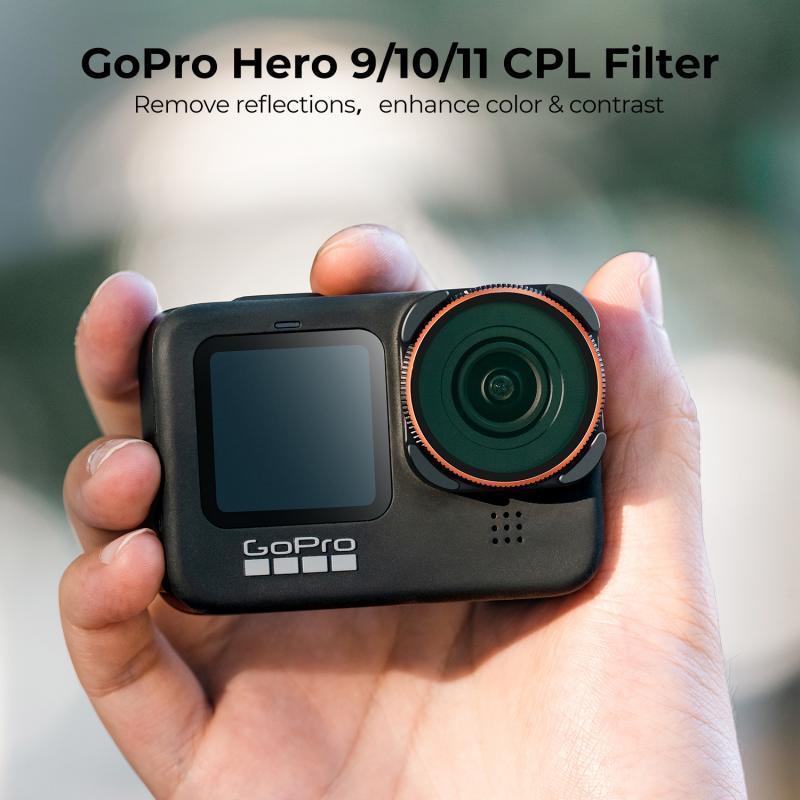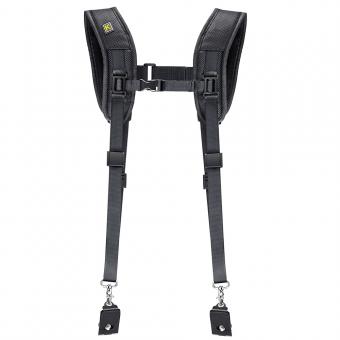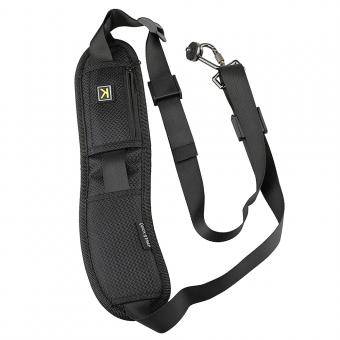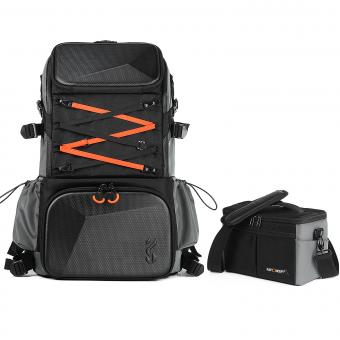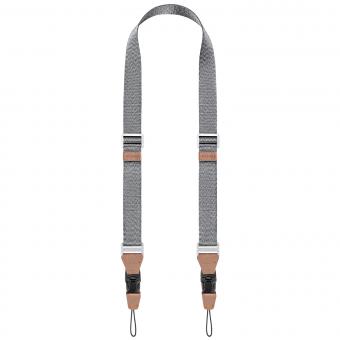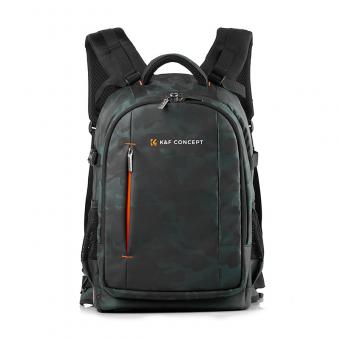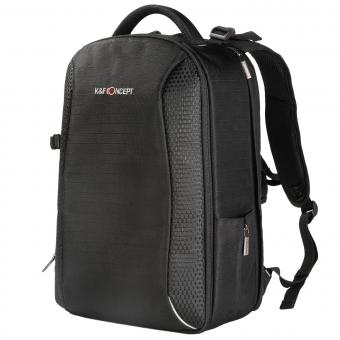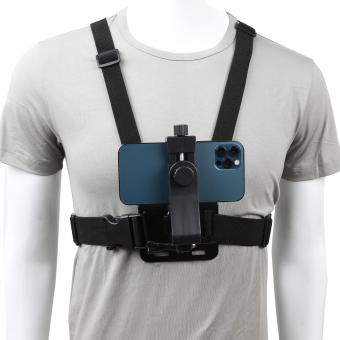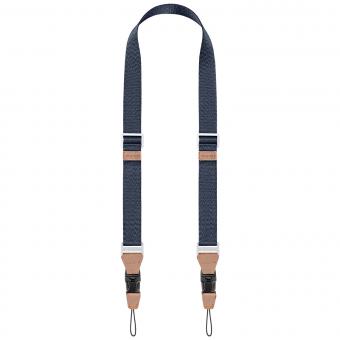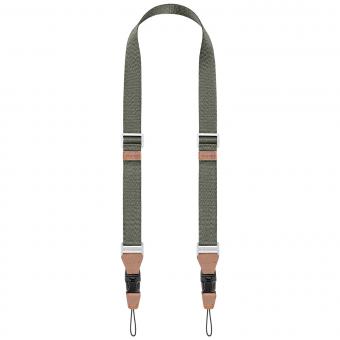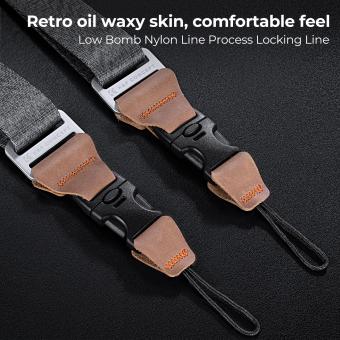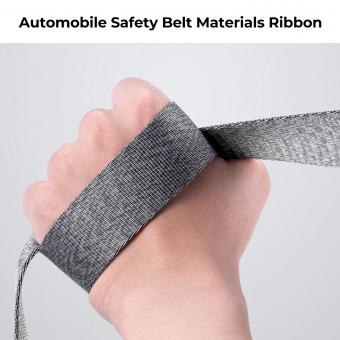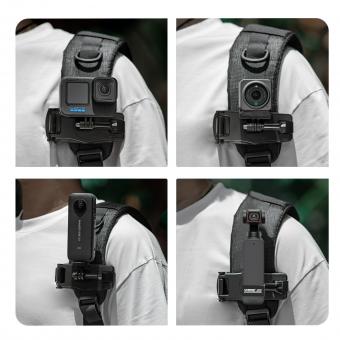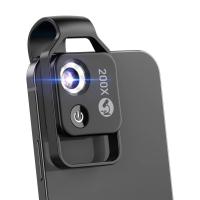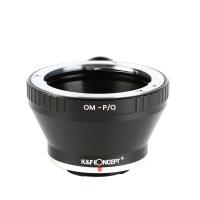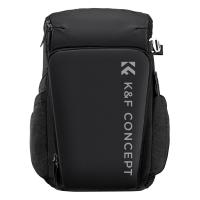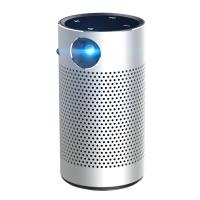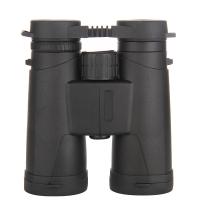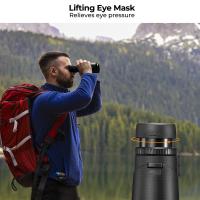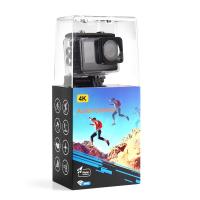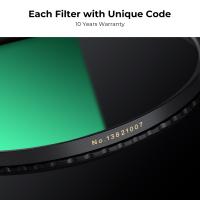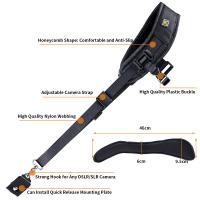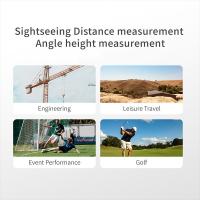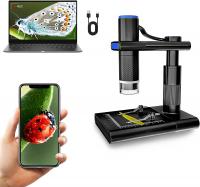How To Thread A Camera Strap ?
To thread a camera strap, locate the strap attachment points on your camera. These are usually metal loops or eyelets located on the sides or bottom of the camera body. Take one end of the strap and thread it through one of the attachment points from the bottom up. Then, bring the end of the strap back down through the loop created by the strap itself. Pull the strap tight to secure it. Repeat the same process with the other end of the strap, threading it through the remaining attachment point. Ensure that the strap is securely threaded and adjust its length to your preference.
1、 Choosing the right camera strap for your needs
Choosing the right camera strap for your needs is essential for any photographer. It not only provides comfort and convenience but also ensures the safety of your valuable equipment. With a wide range of camera straps available in the market, it can be overwhelming to make the right choice. However, considering a few factors can help you find the perfect camera strap.
Firstly, determine the type of photography you engage in. If you are an adventure or sports photographer, a sturdy and adjustable strap that can withstand rugged conditions would be ideal. On the other hand, if you are a street or portrait photographer, a more stylish and comfortable strap may be preferable.
Next, consider the material of the strap. Many photographers opt for straps made of nylon or neoprene as they are durable and provide excellent weight distribution. Leather straps, although stylish, may not be as comfortable for extended periods of use.
Additionally, think about the length and width of the strap. Longer straps allow for more flexibility in carrying positions, while wider straps provide better weight distribution and reduce strain on your neck and shoulders.
Lastly, consider any additional features you may need. Some camera straps come with quick-release buckles or attachment points for accessories like lens pouches or memory card holders.
In terms of threading a camera strap, the process may vary depending on the specific strap and camera model. However, a general guideline involves locating the strap attachment points on your camera body, usually found on the sides or bottom. Thread the strap through these points, ensuring it is securely fastened. It is important to follow the manufacturer's instructions for your specific camera strap to ensure proper attachment.
In conclusion, choosing the right camera strap for your needs is crucial for comfort, convenience, and the safety of your equipment. Consider factors such as the type of photography, material, length, width, and additional features when making your decision. Threading a camera strap involves securely attaching it to the designated points on your camera body. By taking these factors into account, you can find the perfect camera strap to enhance your photography experience.
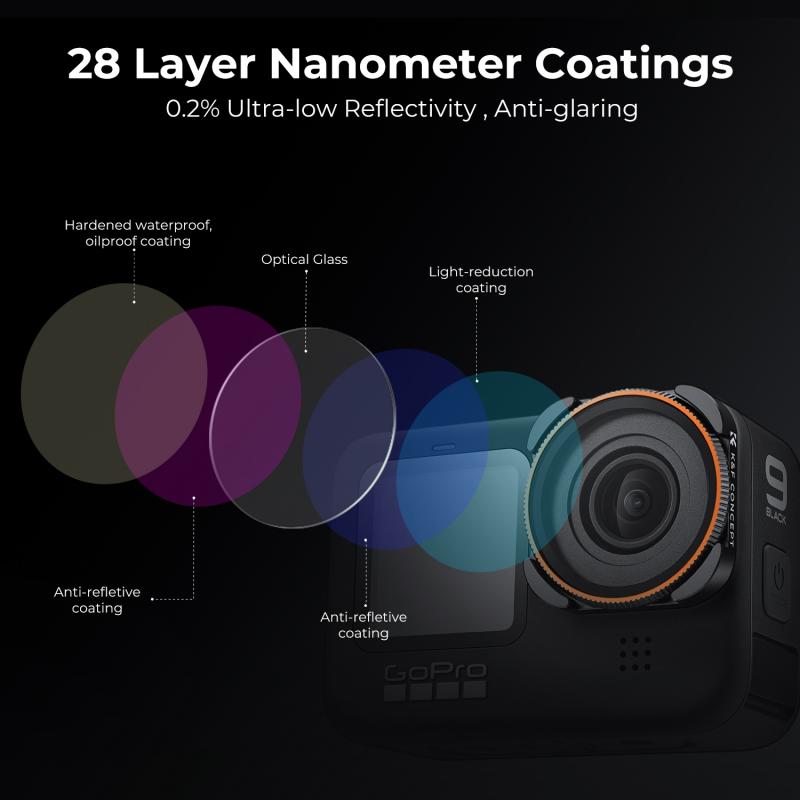
2、 Locating the strap attachment points on your camera
Locating the strap attachment points on your camera is the first step in learning how to thread a camera strap. These attachment points are usually located on the sides or bottom of the camera body. They are designed to securely hold the strap and ensure that your camera remains safe and easily accessible while shooting.
To locate the strap attachment points, refer to your camera's user manual. It will provide detailed information on the specific location of these points for your camera model. In most cases, you will find small metal loops or eyelets on either side of the camera body. These loops are specifically designed for attaching the camera strap.
Once you have located the attachment points, you can proceed to thread the camera strap. Start by inserting one end of the strap through the loop on one side of the camera. Then, pull the strap through until it is securely attached. Repeat the same process for the other side of the camera, ensuring that the strap is not twisted.
It is important to note that some camera straps may have additional attachment points or buckles for added security. These can be threaded in a similar manner, following the instructions provided by the manufacturer.
In recent years, there has been a growing trend towards using quick-release camera straps. These straps feature a quick-release mechanism that allows you to easily detach the strap from the camera when needed. This can be particularly useful for photographers who frequently switch between handheld shooting and tripod use. When using a quick-release strap, make sure to follow the manufacturer's instructions for attaching and detaching the strap securely.
In conclusion, locating the strap attachment points on your camera is the first step in threading a camera strap. By following the instructions provided by the manufacturer, you can securely attach the strap and ensure that your camera remains safe and easily accessible during your photography sessions.
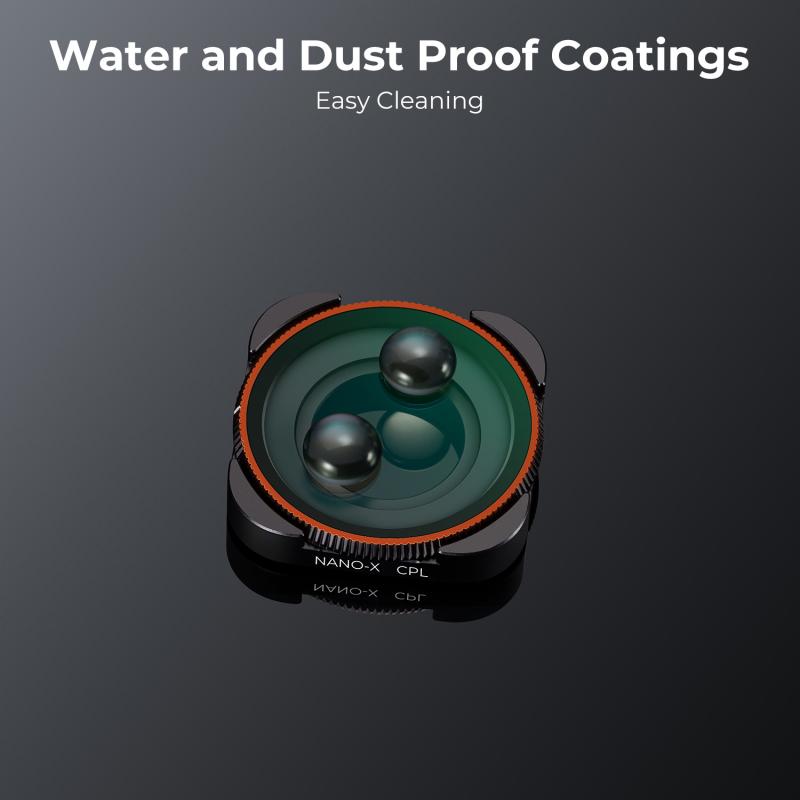
3、 Inserting the strap through the attachment points
To thread a camera strap, the first step is to locate the attachment points on your camera. These points are usually located on the sides or bottom of the camera body. Once you have identified the attachment points, you can begin the process of inserting the strap.
Start by taking one end of the camera strap and inserting it through the first attachment point. This is typically a small metal loop or slot. Make sure the strap is threaded through securely, ensuring that it is not twisted or tangled.
Next, take the other end of the strap and thread it through the second attachment point in the same manner. Again, ensure that the strap is threaded securely and without any twists or tangles.
Once both ends of the strap are threaded through the attachment points, you can adjust the length of the strap to your desired preference. Most camera straps have adjustable buckles or sliders that allow you to easily modify the length.
It is important to note that different camera models may have slightly different attachment points or mechanisms. Therefore, it is always a good idea to consult your camera's user manual for specific instructions on how to thread the strap.
In recent years, camera strap designs have evolved to provide more comfort and convenience for photographers. Some straps now feature quick-release mechanisms, allowing for easy detachment of the strap when not in use. Additionally, padded straps have become popular, providing extra comfort during long shooting sessions.
Overall, threading a camera strap is a simple process that can be done in a matter of minutes. By following these steps and considering the latest advancements in camera strap design, you can ensure a secure and comfortable carrying experience for your camera.
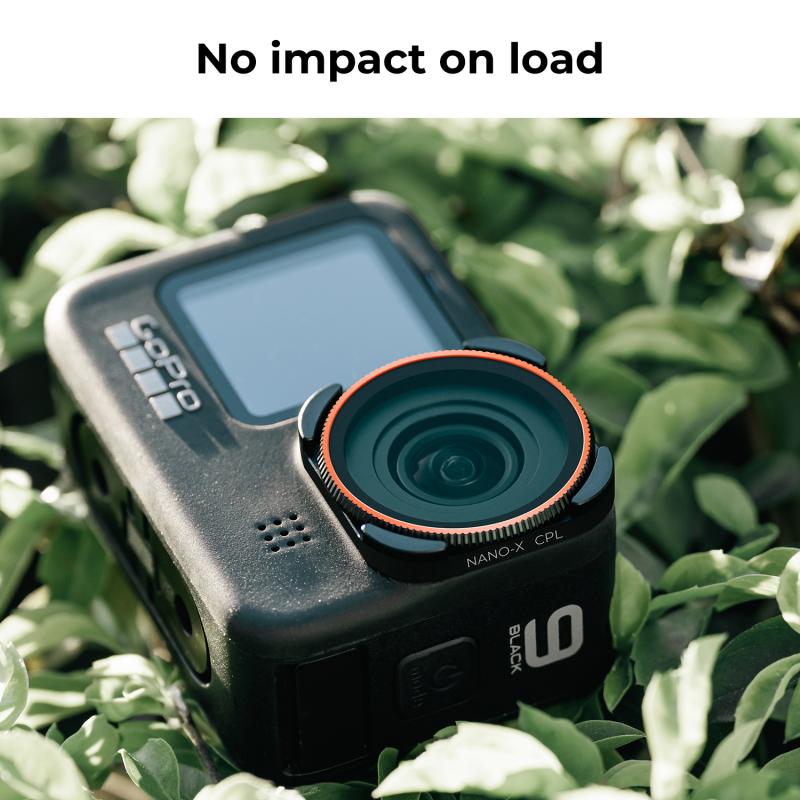
4、 Adjusting the length of the strap for comfort
Adjusting the length of the camera strap for comfort is an essential step in ensuring a pleasant photography experience. It allows you to find the perfect balance between convenience and security while carrying your camera. Here's a step-by-step guide on how to adjust the length of a camera strap:
1. Locate the adjustment buckle: Most camera straps have an adjustable buckle located near the attachment point. It is usually a plastic or metal slider that can be moved up and down the strap.
2. Determine the desired length: Consider your height, shooting style, and personal preference to determine the ideal length for your camera strap. Some photographers prefer a shorter strap for easy access to their camera, while others prefer a longer strap for added flexibility.
3. Slide the buckle: Once you've determined the desired length, slide the buckle up or down the strap to adjust it accordingly. Make sure to hold the camera strap securely while adjusting to prevent any accidental drops.
4. Test and readjust: After adjusting the strap, wear it around your neck or shoulder to test its comfort and functionality. If it feels too loose or tight, readjust the buckle until you find the perfect fit.
It's worth noting that there are various types of camera straps available, including neck straps, shoulder straps, and sling straps. Each type may have slightly different adjustment mechanisms, so it's essential to refer to the specific instructions provided by the manufacturer.
In recent years, camera strap designs have evolved to cater to the needs of photographers. Some straps now feature quick-release mechanisms, allowing for easy detachment when using a tripod or switching to handheld shooting. Additionally, ergonomic designs and padded materials have become more prevalent, providing enhanced comfort during long photography sessions.
Remember, finding the right length for your camera strap is a personal preference, so take the time to experiment and adjust until you find what works best for you.
